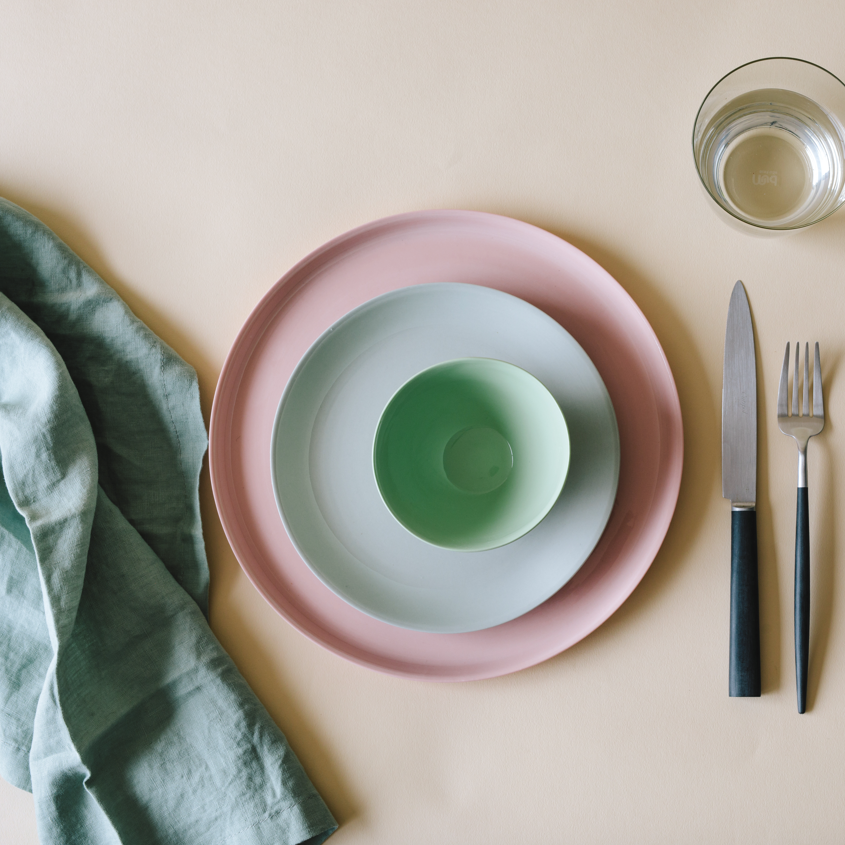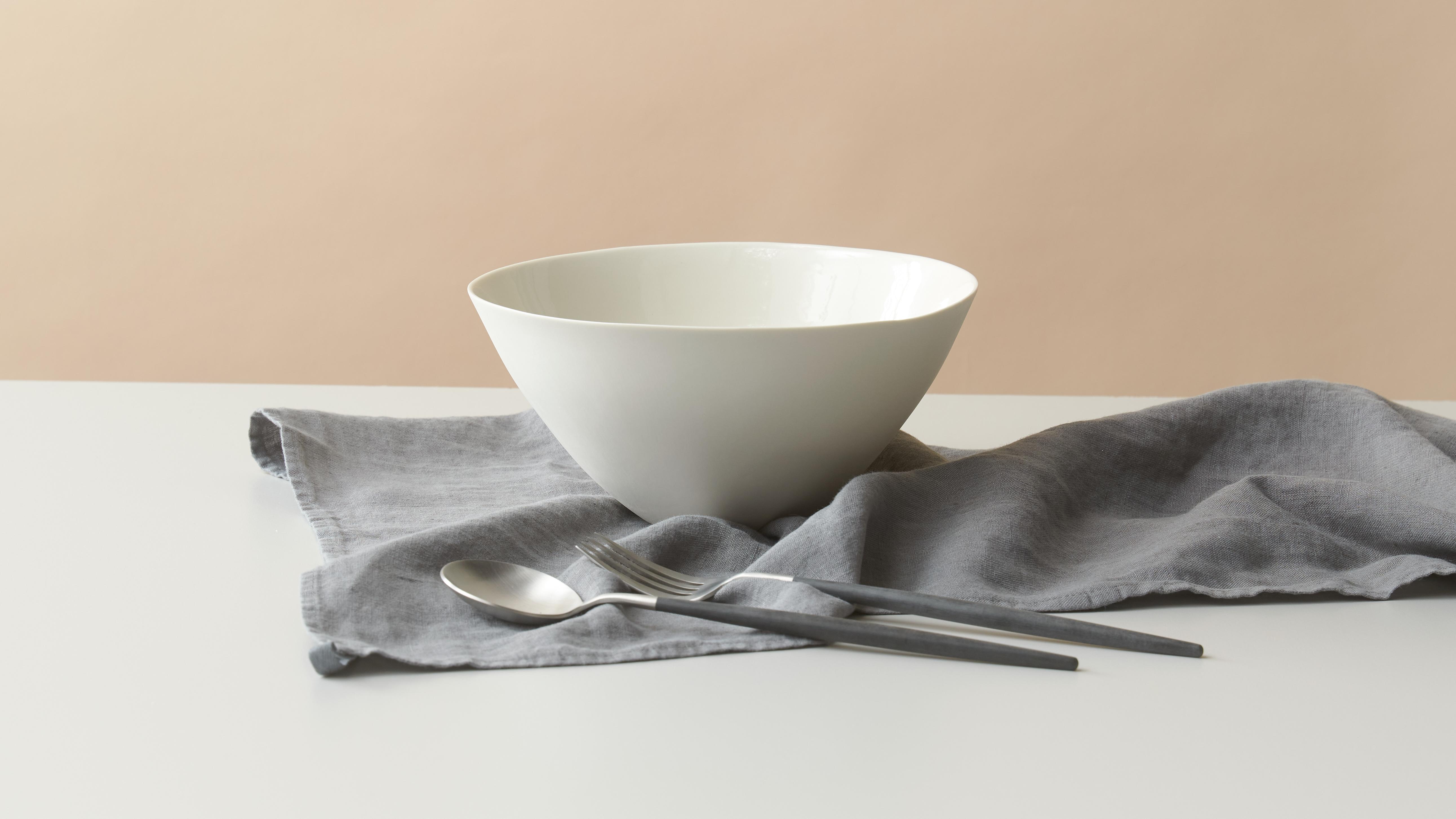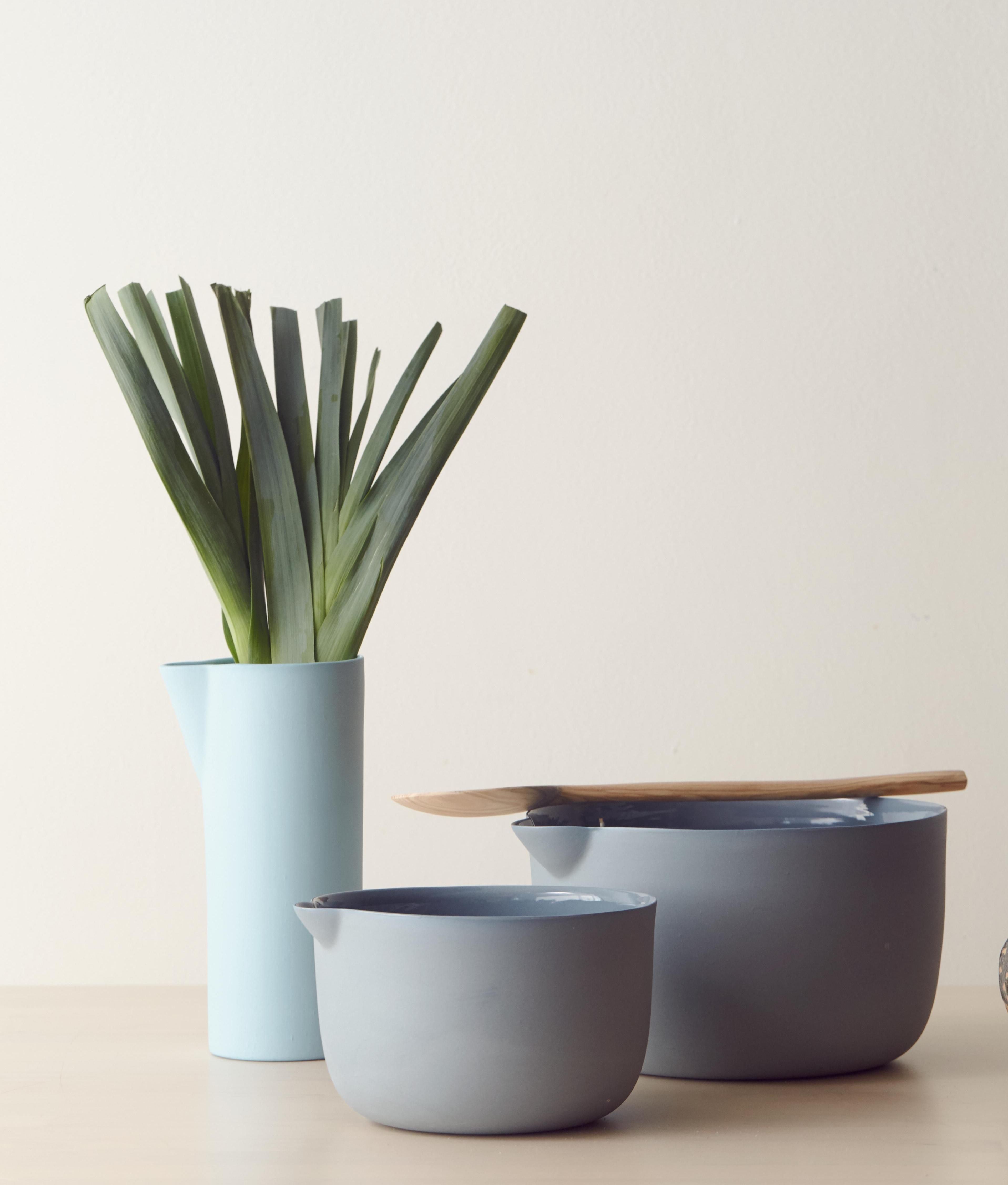Ingredients
Lemon pudding
9 eggs
450g caster sugar
6 lemons, juiced and zested
400g mascarpone
150ml milk
150g self-raising flour, sifted (GF: 150g gluten-free flour plus ¾ tsp baking powder)
Method
Lemon Delicious Pudding
Preheat the oven to 150°C (300°F). Since this pudding will be baked in a water bath, choose a baking dish a little larger than your pudding dish, half fill it with water, and place it in the oven while it preheats.
If you have chosen to include a layer of lemon curd, prepare the curd first, spread it evenly across the base of the pudding dish, and set it aside.
For the pudding mixture, separate the eggs. Place the yolks in the bowl of an electric mixer fitted with the whisk attachment. Begin whisking on low speed, then add 200 g of caster sugar. Increase the speed to medium and continue whisking for about five minutes, until the yolks become thick and fluffy. While this is happening, whisk the lemon juice, lemon zest, mascarpone, and milk together in a separate bowl. This mixture should be set aside briefly—the acidity of the citrus thickens the mascarpone, which helps the pudding become lighter and fluffier when baked.
Once the yolks are glossy, transfer them to a large bowl. This base mixture is known as the sabayon. Clean and dry the mixer bowl, then add the egg whites. Whisk on medium speed until soft ribbons form. Gradually add the remaining caster sugar, a tablespoon at a time, until it is fully incorporated. Stop whisking before the whites form stiff peaks; they should remain softly whipped. Gently fold the mascarpone mixture into the sabayon using a whisk.
After sifting the flour once already, sift it again directly over the mascarpone mixture and fold it through. Next, fold in the whipped egg whites with a spatula, smoothing out any lumps. When the mixture is evenly combined, give two large folds from the bottom of the bowl to ensure nothing is left unmixed. Pour into the prepared pudding dish, with or without the lemon curd base, and place it immediately into the water bath. Bake at 150°C (300°F) for about 45 minutes, or until the centre is firm and springy to the touch. Remove carefully from the oven and serve straight away at the table.






